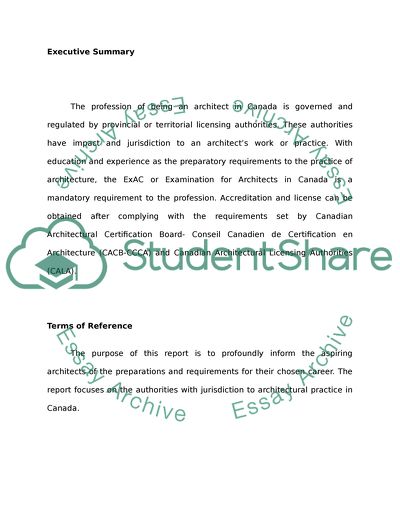Cite this document
(“Authorities Having Jurisdiction Research Paper Example | Topics and Well Written Essays - 1500 words”, n.d.)
Authorities Having Jurisdiction Research Paper Example | Topics and Well Written Essays - 1500 words. Retrieved from https://studentshare.org/architecture/1434311-authorities-having-jurisdiction-this-report-is-to
Authorities Having Jurisdiction Research Paper Example | Topics and Well Written Essays - 1500 words. Retrieved from https://studentshare.org/architecture/1434311-authorities-having-jurisdiction-this-report-is-to
(Authorities Having Jurisdiction Research Paper Example | Topics and Well Written Essays - 1500 Words)
Authorities Having Jurisdiction Research Paper Example | Topics and Well Written Essays - 1500 Words. https://studentshare.org/architecture/1434311-authorities-having-jurisdiction-this-report-is-to.
Authorities Having Jurisdiction Research Paper Example | Topics and Well Written Essays - 1500 Words. https://studentshare.org/architecture/1434311-authorities-having-jurisdiction-this-report-is-to.
“Authorities Having Jurisdiction Research Paper Example | Topics and Well Written Essays - 1500 Words”, n.d. https://studentshare.org/architecture/1434311-authorities-having-jurisdiction-this-report-is-to.


